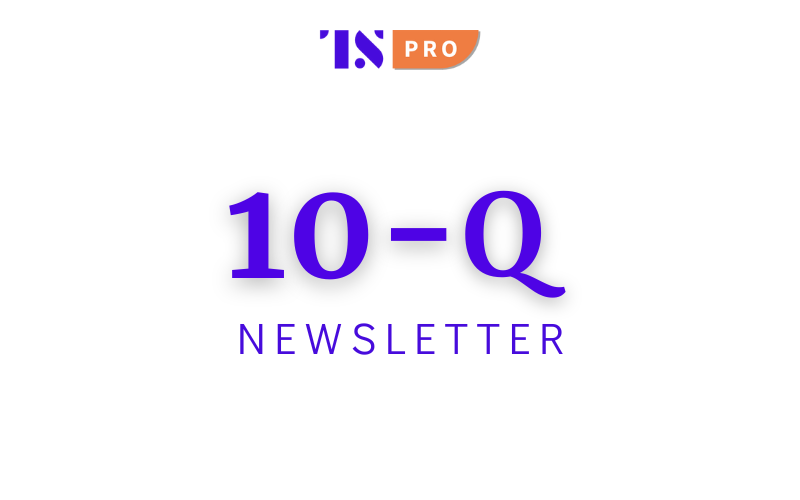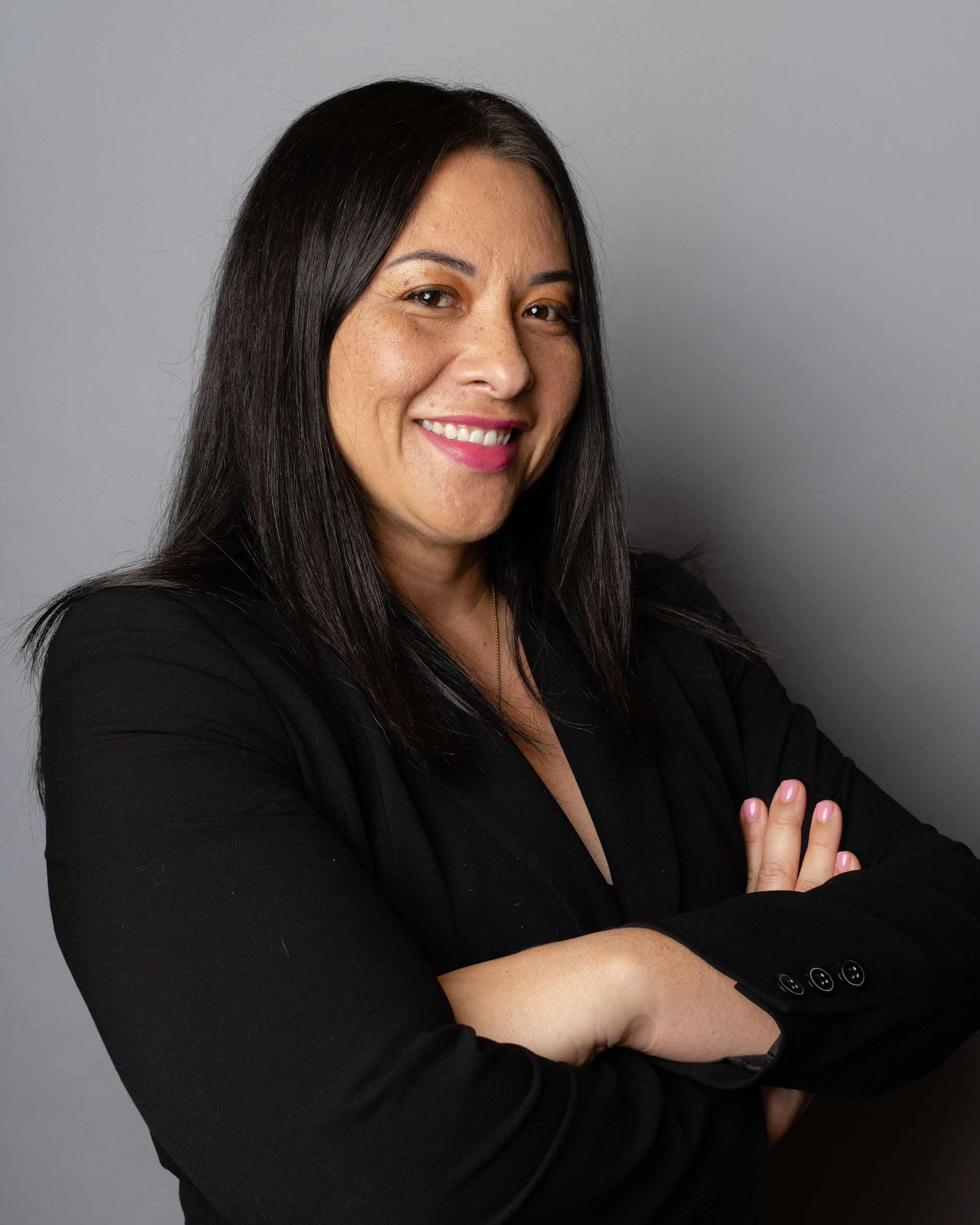Why Truist’s new business card isn’t really only about the card
As competition for SMB loyalty intensifies, financial institutions are rethinking where the first touchpoint begins. Increasingly, that entry point isn’t a checking account or a loan – it’s a card.
Truist’s recent launch of its Business Premium Visa Infinite card fits squarely into that evolution. The super-regional bank is using the card as a relationship anchor: a gateway into an ecosystem of payments, working capital, and treasury solutions built around how small businesses operate.

Chris Ward, Head of Enterprise Payments at Truist
“It’s not just a credit product — it’s a relationship anchor,” says Chris Ward, Head of Enterprise Payments at Truist. That framing reflects a broader shift in banking strategy: away from transactional products and toward integrated, ecosystem-driven relationships where a card becomes both a data engine and a loyalty bridge.
…








